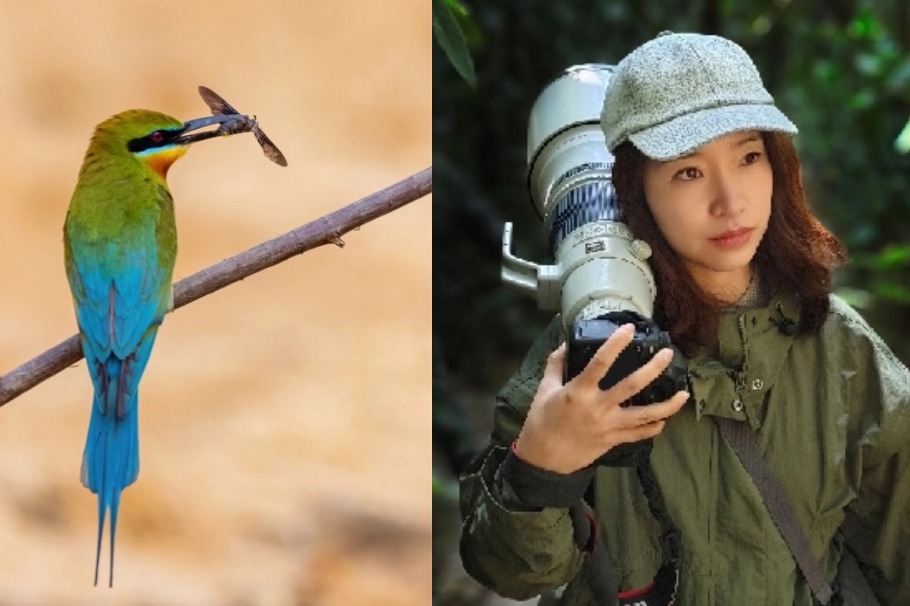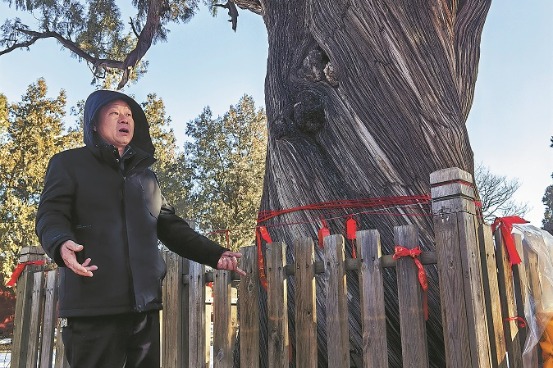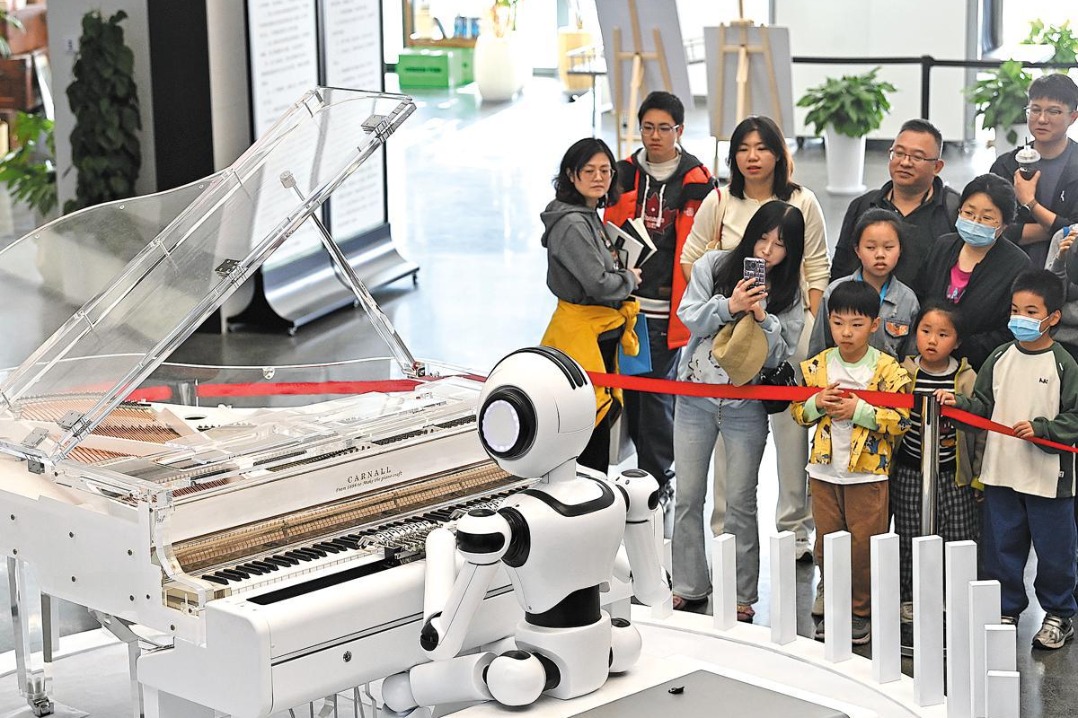University's flexibility let me dive into my potential


Zhao Weishu, 37, an associate researcher with the School of Life Sciences and Biotechnology, Shanghai Jiao Tong University
My career path has been a testament to SJTU's unique approach to acquisition and development of talent, which stands out for its flexibility in recruiting individuals based on their potential rather than just past achievements.
I believe this is one of the reasons why scientific research results and young talent have come to the fore in recent years. The school's ethos allowed me to thrive in the realm of deep-sea life sciences, despite initial challenges.
Having completed my undergraduate and graduate studies at SJTU, I pursued a postdoctoral fellowship in the United States before returning to China in 2020.
At that time, the global research field of deep-sea life sciences faced significant challenges, and I doubted the possibility of returning to my alma mater due to the competitiveness in the academic landscape, and the perceived lack of influential research publications on my part.
However, the university's supportive network of mentors and professors, including my PhD adviser, advocated for my return. More importantly, the school's forward-thinking recruitment system took a chance on me, recognizing not just my existing accomplishments but also my potential for future growth and contributions to the field.
Another aspect of my experience here has been the opportunity to engage in both research and teaching, although I was recruited for the research side.
Upon starting working at SJTU, all of us received training on teaching skills, and were each requested to give a 10-minute mock lesson. After I finished the trial lesson, the teacher said that I had great potential in teaching.
I was recommended to teach lessons and provided with opportunities to participate in various activities, including the 2024 National University Young Teacher Teaching Competition. I won first place in the science group, and I now teach two courses on the school curriculum.
Through teaching, where I have to talk to the students about a variety of extreme environments, and what such environments have in common and what is special about each of them, I have learned to connect diverse concepts and think in a broader way, sparking new avenues of exploration in my research.
In early March, four papers about research I was involved in were published in the journal Cell as a cover feature. The papers were a result of a three-month expedition of the hadal zone, the deepest part of the ocean floor, that we took in 2021. Riding in China's self-developed deep-sea vessel, we systematically explored the 6,000 to 11,000-meter-deep regions of the Mariana Trench, Yap Trench, and the Philippine Basin.
We identified more than 7,500 species of hadal prokaryotic microorganisms, with nearly 90 percent being unreported species. Their diversity is comparable to the total number of all known marine microorganisms.
That expedition marked several firsts, including the first human descent to the deepest point of the Yap Trench, which is located in the western Pacific Ocean and is nearly 9,000 meters deep.
Looking ahead, I am preparing for our expedition to the hadal zone of the Southeast Indian Ocean beginning in late March.
I believe the upcoming adventure at a location where several ocean currents meet promises a wealth of biodiversity, and the potential discovery of whale falls — an intriguing phenomenon where a whale carcass creates a thriving ecosystem on the ocean floor.
Now we are capable of systematically unraveling the mysteries surrounding the impact of whale falls on marine life and the underwater environment. I am so much looking forward to it.
Zhao Weishu was talking with Zhou Wenting.





































